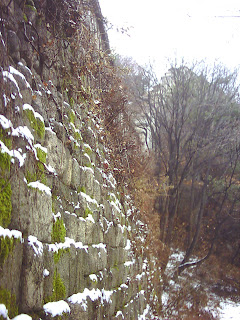James Stevenson and Catherine Draycott, from the V&A and the Wellcome Trust Library gave very informative talks about dealing with images in museums for my UCL course. V&A images can be searched here: The Wellcome here : What was particularly interesting was how complicated a full picture library set up was - with photographers, researchers, curators, administrators, finance and contract aspects. Also, the Wellcome and the V&A have interests in widening use of their images, so their licenses are not as constrictive or as expensive as one might imagine. The Wellcome make use of 'Creative Commons' licenses for example, which allows use of their images for non-commercial uses. From a small museum point of view, I think the following issues arose: 1. A picture library requires very high quality images - one should aim for a resolution that a printer can use to create a A3 reproduction at 300 dpi. This may take up 50mb of storage. 2. The original scan or photgraph shou






